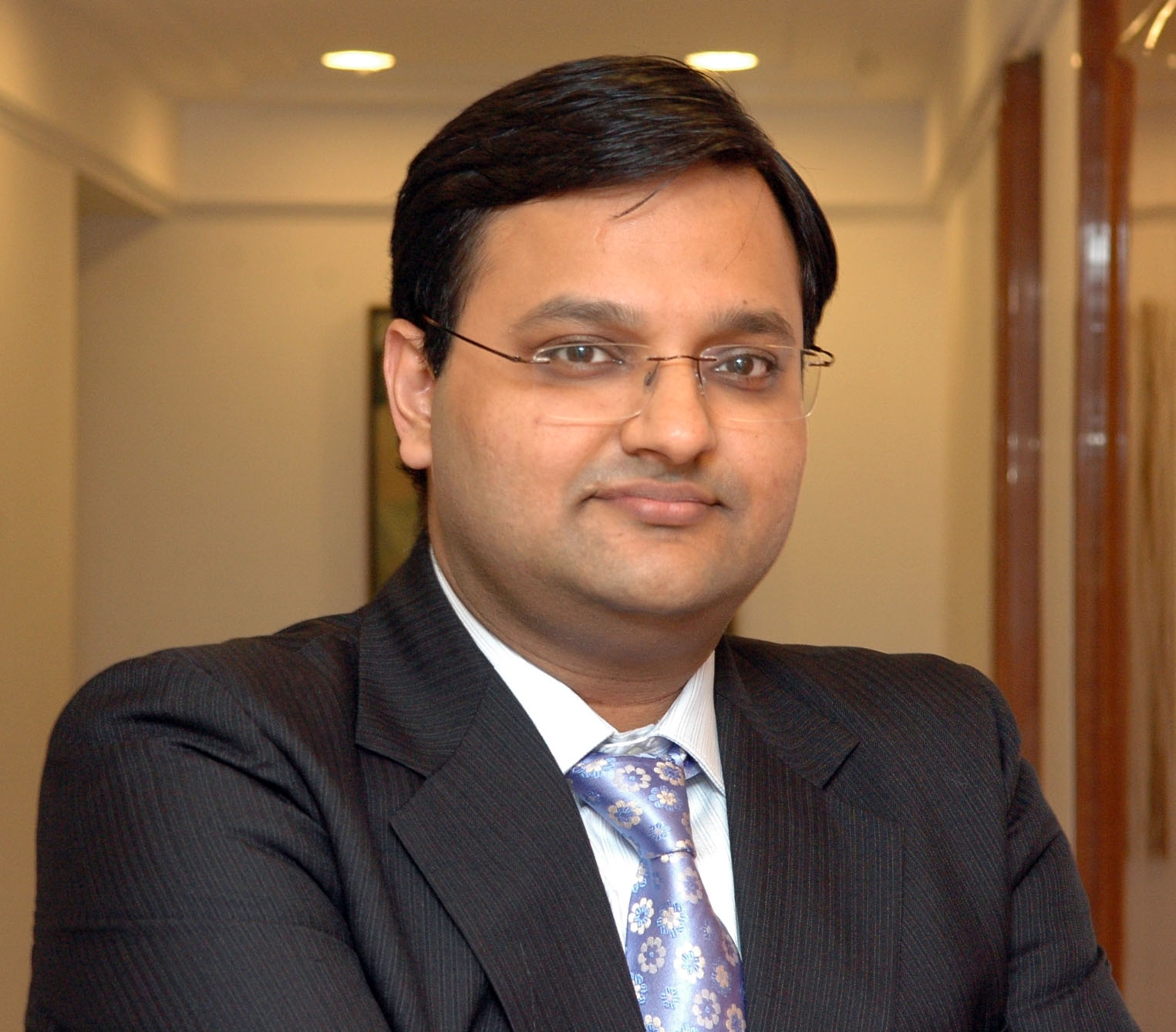 Rohit Singhania, Sr. Vice President and Fund manager, DSP Black Rock Mutual Fund.
Rohit Singhania, Sr. Vice President and Fund manager, DSP Black Rock Mutual Fund.
DDSP Black Rock Opportunities Fund, DSP Black Rock Tax Saver are the two popular funds managed by Rohit. Both these funds have been recommended by Geojit research team for many years. In this exclusive interview with Geojit Insights he talk about the funds he manages and about markets in general.
What will be the implications of the new Long Term Capital Gain (LTCG) tax on the returns as well as the expenses of an equity fund?
The LTCG tax announced in the Union Budget 2018 will increase the cost of equity (read return expectations) marginally as investors will now have to pay 10% on the long term capital gains exceeding Rs. 1 lakh they make on equity investments in a year (versus zero previously). However, our investment process and philosophy remains the same as we do not take investment decisions based on the taxation structure but instead are more focused on the company’s fundamentals, its management quality, ROEs, earnings visibility, cash flows and so on. These are aspects that the fund manager can control by virtue of selecting good companies and avoiding bad ones. However, regulatory changes such as the new tax on investors like LTCG are outside the fund manager’s control, and hence it does not worry us. We advise investors to evaluate the potential of equities over the long term (despite the LTCG) versus other asset classes and we believe that equities have the potential to outperform other asset classes despite the pressure from additional tax in the form of LTCG. There is no change to the expenses of the fund.
What is the investment philosophy you follow, while selecting a new stock to your portfolio?
While our overall philosophy can broadly be described as ‘Growth at a Reasonable Price’ (GARP); we lay a lot of emphasis on the companies’ incremental ROEs and price to book (P/B).
When we look at the sector weightage of the funds you manage, the exposure towards cyclical stocks is higher than the benchmark as well as the category average. Is it due to any strategy which you follow?
The idea is to try and identify opportunities in all market scenarios and the current portfolio exposure to specific sectors/stocks is more by default than design. In other words, the stock selection is entirely driven by bottom up analysis versus a top down approach and hence the exposure to specific stocks/sectors is more an outcome.
If we look at DSP Blackrock Tax Saver Fund, the fund out-performs the benchmark in the long term (for e.g. 3years and 5 years) but under performs the benchmark in short term (for e.g. 1 year). Is this due to any specific strategy which you follow on the stock selection?
While the funds long term track record is intact, the near term under performance (which we believe is temporary) may be driven by specific names such as PSU banking stocks etc. 2017 was a year when performance of quality and not so good quality stocks converged (driven by domestic liquidity) and we think that markets will eventually give a higher premium to quality and we are well positioned to take advantage of this mean reversion when it happens. We continue to remain constructive on our top active bets. Also, we believe that for a product such as ELSS where there is a 3-year lock-in, investors should not track near term performance.
As per your analysis, which sectors should the investors concentrate on for the next financial year? What is your outlook on the infrastructure sector, in the context of this budget?
We continue to remain constructive on consumer discretionary, oil marketing companies, materials, utilities, industrials and financials. In regards to the Budget 2018-19, while the Finance Minister did focus on rural and agriculture, the overall spend on infrastructure remained robust with ~21% YoY increase in spend with a particular focus on urban development (+57% YoY), Airports (+52%), Ports (+30%), Roads (+10%) and Railways (22%). We believe that India’s GDP has the potential to grow much faster if the government focuses on investments and infrastructure. Infrastructure will also address the issue of unemployment and the shift of employment from agriculture to industry.
During the past few months, you kept on reducing the small cap exposure in DSP Opportunity Fund and DSP Tax Saver Fund? Do you feel that the large caps are more attractive than the mid and small cap stocks at these levels?
Yes, at the moment the risk reward is more favourable towards the large caps. However, we continue to remain invested in small and mid-caps as well and have not reduced our holding substantially.
What is your outlook on banking, finance (including housing finance) and NBFC for the next four quarters, in the context of recapitalisation, budget housing and other budget recommendations?
We remain constructive on the financial sector and continue to have an overweight position in the fund. The Government has taken various important initiatives like housing for all and power for all which will boost the overall consumption in the economy and will eventually help the banks and other NBFCs including HFCs. With the credit growth bouncing back from the recent lows, we think that the banking sector will continue to remain one of the integral sectors supporting the GDP growth of India. We remain structurally positive on private sector banks as we think they will continue to gain market share from the state owned banks over the next 5-10 years.
When analysing the portfolio of your funds, four out of the top five stocks are the same. Is it a part of any fund management strategy?
This is a function of my conviction in the respective names and hence it is well represented across my strategies.
What is your take in terms of interest rates going forward? Will the governments’ moves help to boost private investments, credit off take and control prices?
Bond yields have spiked in recent weeks / months ever since questions were raised on government revenues, inflation trajectory etc. With money market rates (1 year CD) at ~7.5% and the repo rate at 6%, the market appears to have priced in a rate hike. We are now probably closer to the reversal of the rate cycle. The benefits of demonetization such as easy liquidity and lower inflation have started to wane. Remonetisation is contributing to growth momentum, and hence inflation. In order to fast track growth, governments often embark on fiscal indiscipline by increased spending and reduced taxes. While this can provide the desired growth momentum, the additional borrowing can suck out liquidity, spill over into inflation, and crowd out private investments.










